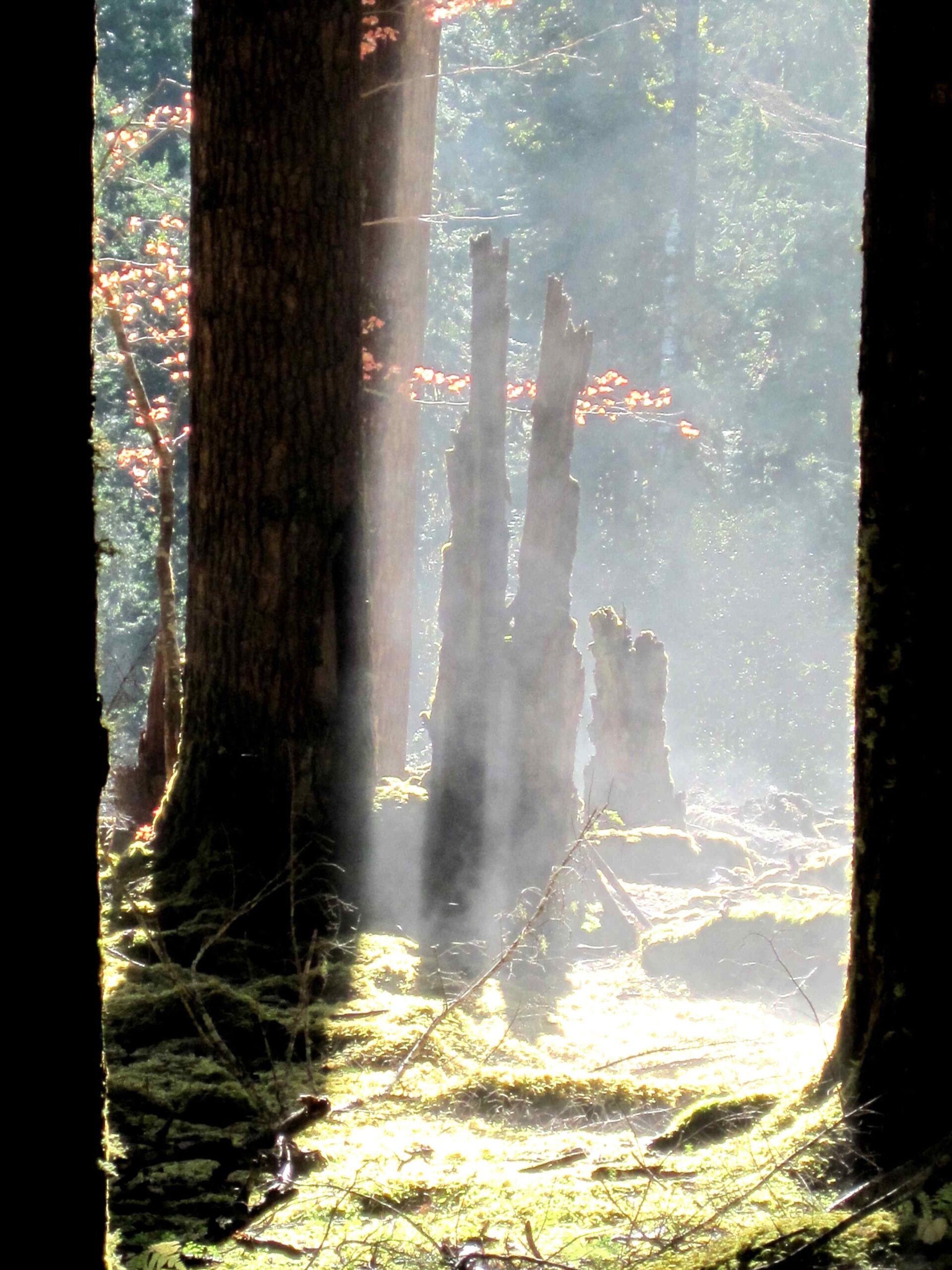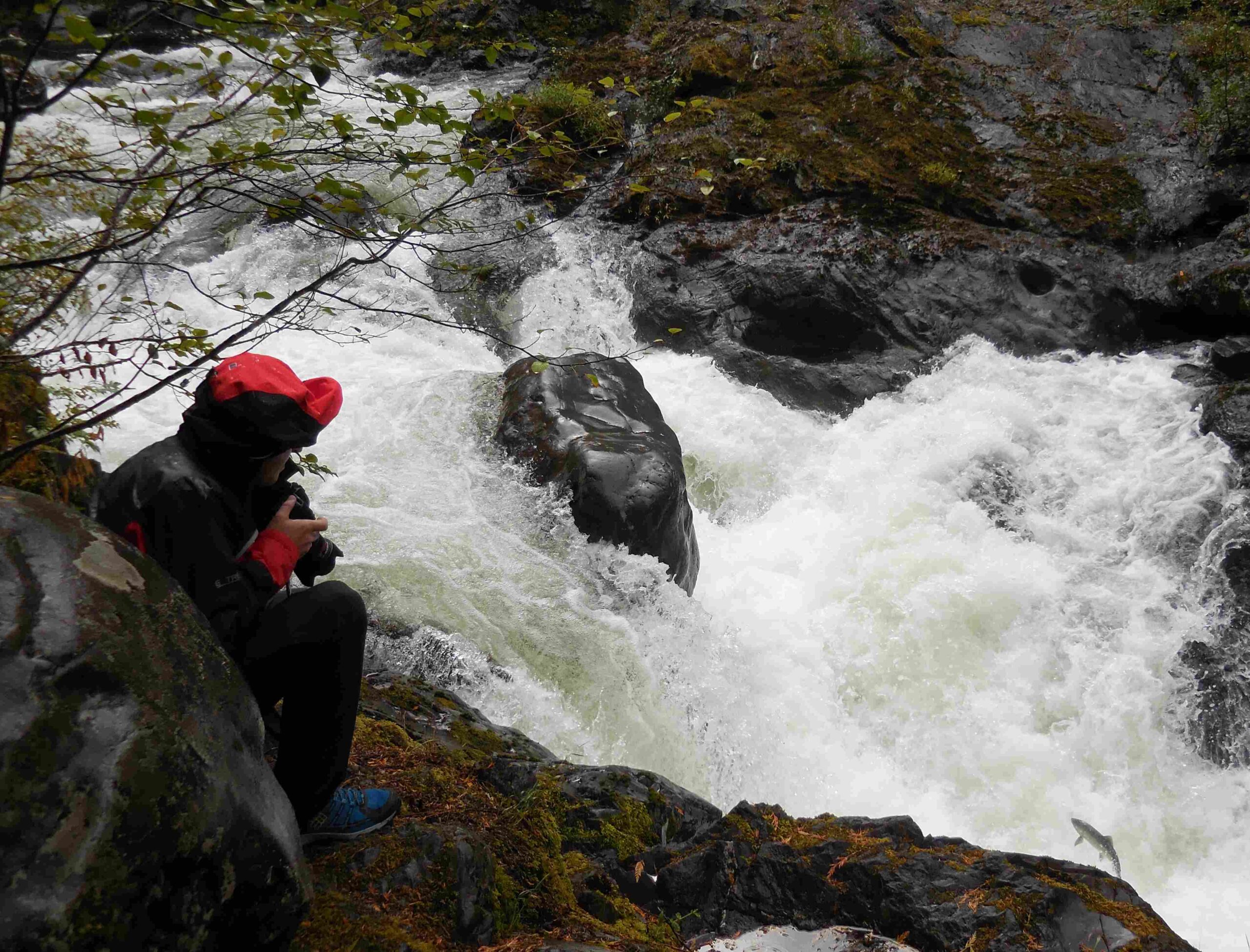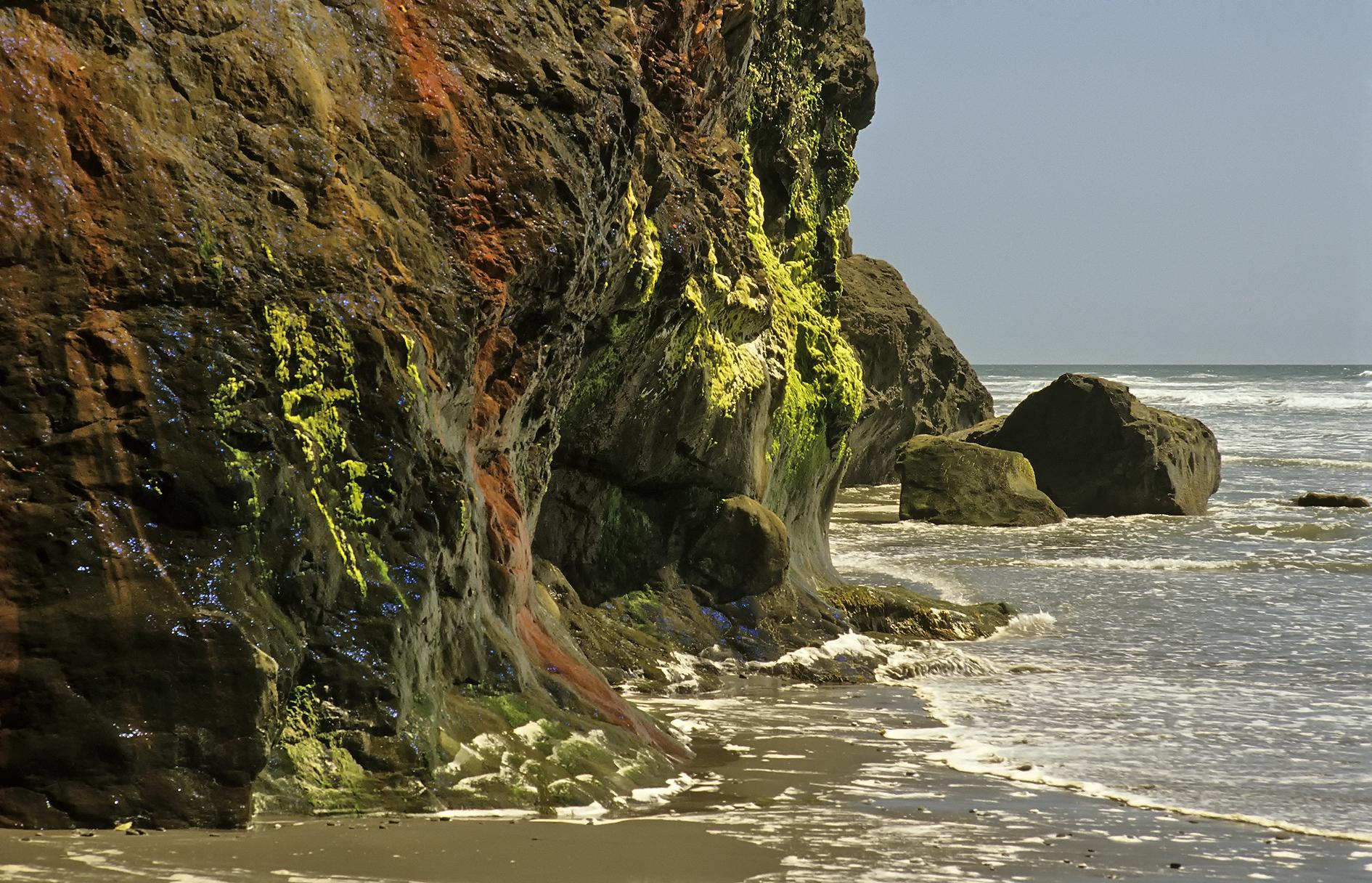Ruby Beach in Olympic National Park is renowned for its stunning tide pools, offering visitors a glimpse into a vibrant underwater ecosystem. These tide pools are home to a diverse array of marine life, including colorful sea stars, green sea anemones, and various species of crabs. Located along the rugged Washington coast, Ruby Beach’s tide pools provide an accessible and fascinating opportunity for nature enthusiasts to explore the intricate balance of coastal marine life within the park’s boundaries.
What Makes Ruby Beach Tide Pools Unique?

Ruby Beach tide pools stand out due to their accessibility and rich biodiversity. The beach’s distinctive sea stacks and driftwood-strewn shoreline create an ideal environment for tide pool formation. These pools are teeming with life, from tiny hermit crabs to vibrant sea stars, offering visitors a chance to observe marine ecosystems up close.
What Species Can Be Found in Ruby Beach Tide Pools?
Ruby Beach tide pools host a variety of marine life, including:
- Sea Stars (various species and colors)
- Green Sea Anemones
- Shore Crabs and other small crab species
- Mussels and Barnacles
- Clams
- Occasionally, sea otters near Abbey Island
Each of these species plays a crucial role in the tide pool ecosystem, creating a delicate balance that visitors can observe and appreciate.
When Is the Best Time to Visit Ruby Beach Tide Pools?

The optimal time to explore Ruby Beach tide pools is between March and September. This period offers more favorable weather conditions and accessible low tides. To make the most of your visit:
- Plan your trip during minus tides for the best viewing opportunities.
- Arrive at least 30 minutes before the lowest tide point.
- Check tide charts available at visitor centers or coastal ranger stations.
- Be aware of weather conditions, as strong winds or storms can affect tide levels and safety.
How Do Tidal Conditions Affect Tide Pool Exploration?
Tidal conditions play a crucial role in tide pool exploration:
| Tide Level | Impact on Exploration |
|---|---|
| Low Tide | Best for viewing, exposes more marine life |
| Minus Tide | Ideal, reveals rarely seen species and areas |
| High Tide | Limited viewing, most tide pools submerged |
| Rising Tide | Potentially dangerous, risk of getting stranded |
Always consult tide charts and plan your visit around low tide periods for the safest and most rewarding experience.
What Safety Precautions Should Visitors Take?
When exploring Ruby Beach tide pools, safety should be a top priority:
- Study current tide charts and plan accordingly to avoid getting trapped by rising tides.
- Wear sturdy, non-slip shoes that can get wet.
- Be cautious of slippery rocks and uneven surfaces.
- Watch for sneaker waves, especially near areas like Hole in the Wall.
- Avoid leaping between rocks to prevent falls and injuries.
- Bring a tide chart and be aware of your surroundings at all times.
How Can Visitors Responsibly Interact with Tide Pool Ecosystems?
Responsible interaction is crucial for preserving the delicate tide pool ecosystems:
- Walk on bare rocks or sand to avoid stepping on organisms.
- Touch marine life gently, if at all, and never try to remove creatures from their habitat.
- Use the “touch test” – if an animal retracts or shows signs of distress, leave it alone.
- Return rocks to their original position after observing life underneath.
- Take only photographs and leave no trace of your visit.
- Never remove any items, including rocks, sand, or marine life, from the beach.
What Facilities Are Available for Visitors to Ruby Beach?
Ruby Beach and its surrounding areas offer several facilities to enhance your visit:
- Direct access from Highway 101
- Visitor centers and coastal ranger stations
- Kalaloch Ranger Station for information and resources
- Parking areas near the beach access points
- Restroom facilities at some locations (check availability)
It’s important to note that while Ruby Beach is accessible, some nearby tide pool areas may require a hike, such as Hole in the Wall on Rialto Beach.
How Does Climate Change Impact Ruby Beach Tide Pools?
Climate change poses significant challenges to Ruby Beach tide pools:
- Rising sea levels threaten to submerge existing tide pool habitats.
- Ocean acidification affects the ability of some species to form shells.
- Changing water temperatures can disrupt the delicate balance of tide pool ecosystems.
- Increased storm intensity may lead to more frequent disturbances of tide pool environments.
Visitors can help by practicing responsible tourism and supporting conservation efforts in Olympic National Park.
What Educational Opportunities Do Ruby Beach Tide Pools Offer?
Ruby Beach tide pools serve as natural classrooms, offering numerous educational opportunities:
- Hands-on learning about marine ecosystems
- Observation of species interactions and adaptations
- Understanding of tidal influences on coastal environments
- Lessons in conservation and environmental stewardship
- Opportunities for citizen science projects and data collection
Many visitors find that exploring these tide pools sparks a deeper interest in marine biology and conservation.
By following these guidelines and approaching tide pool exploration with respect and curiosity, visitors can enjoy a memorable and educational experience at Ruby Beach in Olympic National Park.
References:
1. https://www.myolympicpark.com/things-to-do/natural-wonders/tide-pools-olympic-coast/
2. https://olympiccoast.noaa.gov/visitor/thingstodo/tidepooling.html
3. https://www.graysharbortalk.com/2014/07/27/olympics-beaches-tide-pools/

